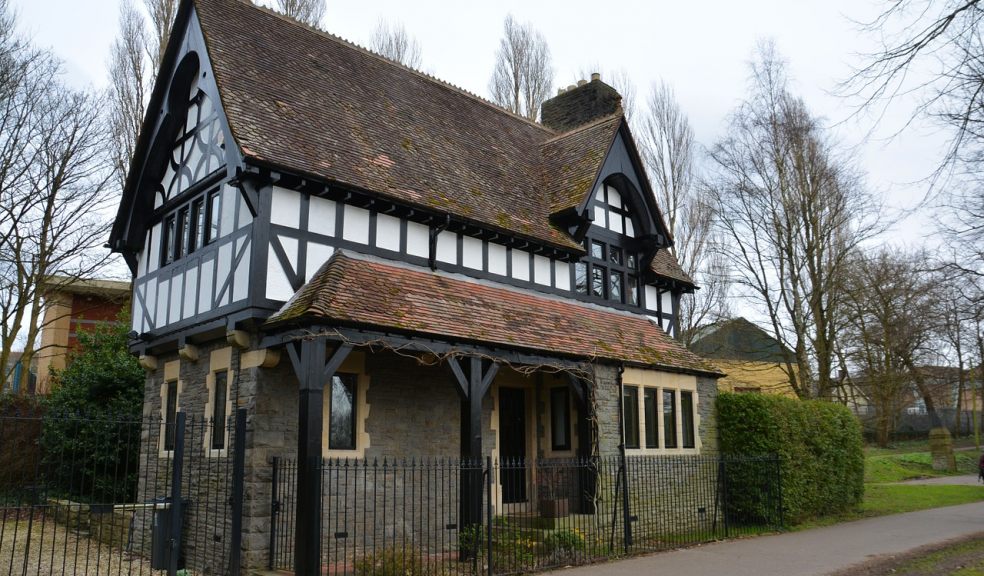
Buying a Listed Building: A Guide
The UK has a rich architectural history with a huge number of beautiful buildings and homes from a range of historical periods. When buildings are deemed to be of particular architectural and historical interest they are given what is known as a ‘listed’ status which is intended to prevent them from being damaged or altered in ways which impact their value. This means that purchasing a listed building, either for commercial purposes or for use as a domestic dwelling, can be complex. It’s crucial that you understand the restrictions which you are likely to be faced with when trying to make changes to the property.
Grades of Listed Buildings
Any building built before 1840 which retains features from its original state is likely to be a listed building, but some newer buildings have also been given listed protection (as long as they are at least 30 years old). There are, however, different grades of listed buildings: Grade I, Grade II* and Grade II. Grade I are the buildings of exceptional interest which is only applied to 2.5% of listings. Around 5.5% of listed buildings are Grade II* and the majority are Grade II. You can contact your local authority’s planning department or library for the listed buildings in your area.
Why Buy a Listed Building?
Many people are interested in buying a listed building as it gives them the opportunity to own a part of the UK’s history which is likely to appreciate in value over time. Grants from local authorities or organisations such as English Heritage or the Historic Buildings & Monuments Commission (HBMC) are also available in some cases to finance alterations or repairs the building may need.
It is possible to make interior and exterior changes to listed buildings but the process is more complex than it is when making changes to non-listed properties. You should also bear in mind that if the local authority were dissatisfied with your maintenance of the property they can serve a repairs notice to force you to take action. If you fail to comply, they can then make a compulsory purchase order.
It’s also important to note that listed buildings may require specialist home insurance from Ecclesiastical to protect particular features.
Renovating a Listed Building
When planning renovations to a listed building it is best to assume that you need permission for every aspect of the property, including any outbuildings which are on site, walls, gates or fences. It is often easier to obtain approval for replacements or improvements which are almost identical in appearance to the original features, e.g. installing new windows which are traditional in their aesthetic and made from timber rather than UPVC. However, when extending the property some local authorities want the new building contrast the old to accentuate the original features. To renovate a listed building you may need to apply for listed building consent (LBC).
Listed Buildings and VAT
Carrying out work on listed buildings used to be exempt from VAT, however, since 2012 work carried out on listed buildings is subject to 20% VAT. There are some circumstances which qualify for exclusion from or a reduced rate of VAT including:
- Converting a listed non-domestic property into a home.
- Some minor energy efficiency improvements such as installing insulation, draught proofing measures and heat pumps.
- Installing mobility aids for people over 60.
- If the property has been empty for 2 years or more and the work is completed within 12 months of the purchase VAT may be reduced.

















